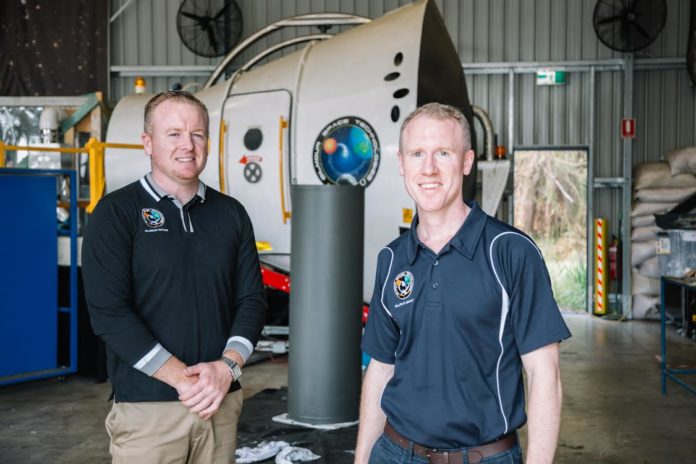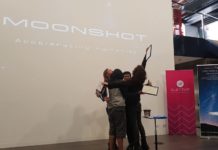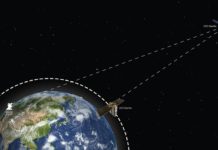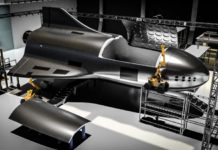Australia and Singapore-based rocket company, Gilmour Space Technologies, has entered into a Space Act Agreement with the US National Aeronautics & Space Administration (NASA) to collaborate on various research, technology development and educational initiatives, according to Gilmour’s press release.
The National Aeronautics and Space Act (the Space Act) provides NASA with the unique authority to enter into a wide range of “other transactions,” commonly referred to as Space Act Agreements (SAAs). The Agency enters into SAAs with various partners to advance NASA mission and program objectives, including international cooperative space activities. More details about it can be found here.
“NASA is a world leader in space exploration efforts, and we’re privileged to be able to work with them to develop and test some of our innovative new space technologies,” said Gilmour CEO & Founder, Adam Gilmour.
Under the reimbursable agreement, Gilmour Space will work closely with NASA on rover testing at Kennedy Space Center, and may explore other potential future activities in areas of mutual interest, including space transportation, propulsion, in-situ resource utilisation, sustainability and life support systems.
The private space company – better known for its pioneering work on small hybrid rockets – recently conducted a low-pressure test fire of its main orbital engine, which generated 45 kilonewtons (or over 10,100 pounds-force) of thrust. “It was a key demonstration of our hybrid rocket technology, in line with our mission to launch small satellites weighing up to 380 kg to space by 2020,” said Gilmour.
“However, we recognise that space launch is just one piece of the bigger puzzle,” he added.
“In our journey to the stars, humankind will need to build sustainable and long-term infrastructure and bases on the moon, asteroids and/or Mars. We will need to be able to manufacture big things off-Earth, generate lots of energy, and develop technology that will help us survive and live longer in space. We hope to work with NASA to solve many of these issues in the years ahead.”







